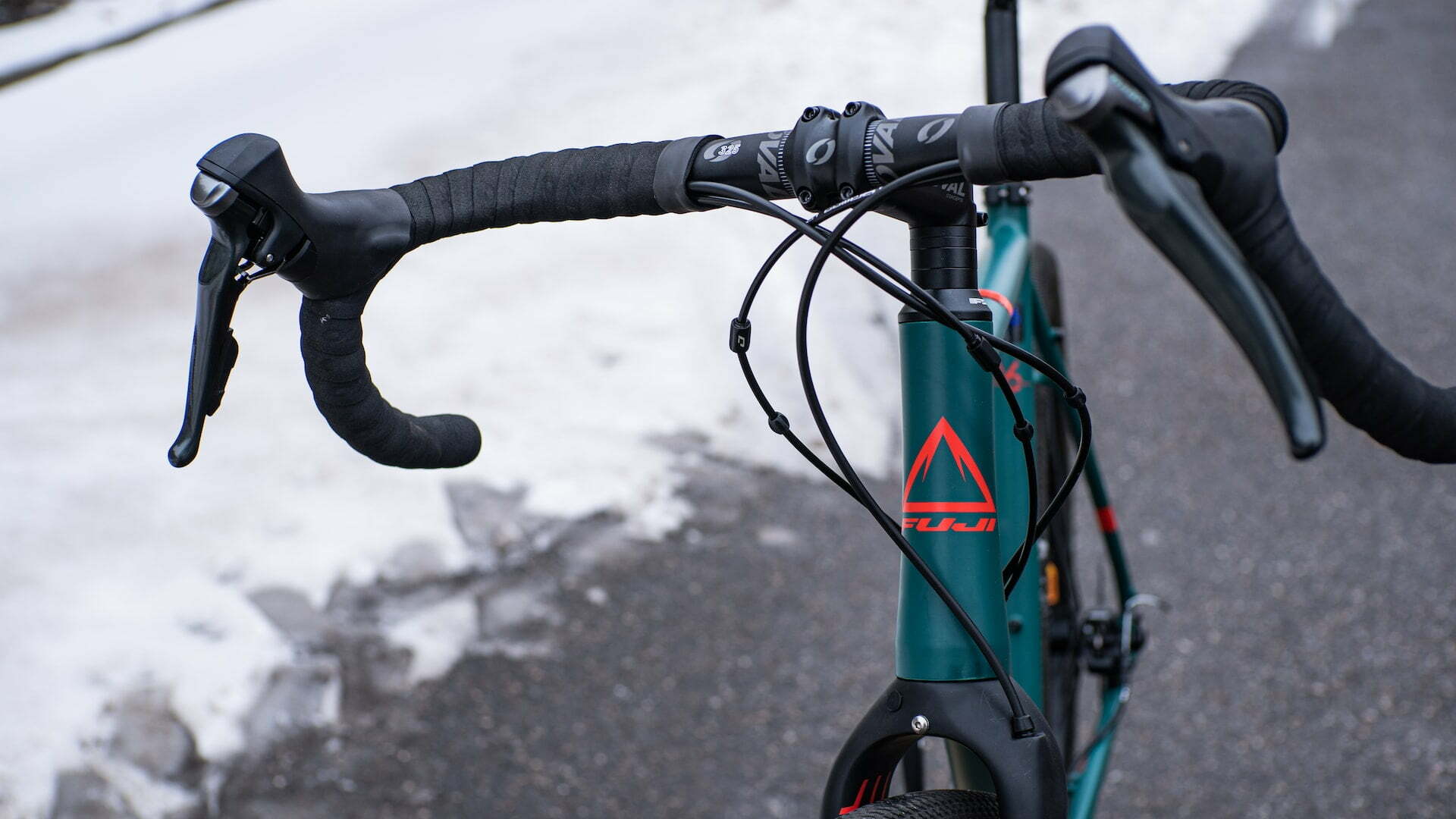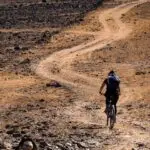There are many different types of Gravel bikes, and one of the biggest debates involves their geometry. Gravel bikes have different wheelbases and head tubes, and their bottom brackets are lower. Below, we discuss some of the things to consider when selecting a gravel bike. These differences may help you to make the right choice.

Gravel bikes are lighter and faster than mountain bikes
Gravel bikes are made for riding on rough surfaces and tend to be lighter than mountain bikes. They are ideal for commuting and exploring the countryside. However, if you plan on spending a lot of time on off-road trails, mountain bikes are the best choice.
Gravel bikes have different frame geometry than mountain bikes. They have a steeper headtube angle and a lower bottom bracket angle. These characteristics help a gravel bike be faster and more stable on rough terrain. This makes them easier to ride on gravel than mountain bikes, which are built for smooth surfaces. They are also lighter and easier to maneuver, making them better for long rides on gravel.
Gravel bikes are also more aerodynamic than mountain bikes. While mountain bikes are more aerodynamic and more capable in most terrain, they are less efficient pedallers and can be cumbersome for some riders. A hardtail mountain bike can be a more suitable option for most terrain.

They have a longer wheelbase
Gravel bikes have longer wheelbases than road bikes, which allow riders to use wider tyres. They also often come with slacker head tube angles, which make for rowdier rides. This is a feature familiar to mountain bikers, and can significantly affect a ride.
Gravel bikes also have a wider base for comfort, and longer wheelbases make them more stable on uneven terrain. Gravel bikes typically have a longer wheelbase because of the slacker head tube angle, which pushes the front wheel further out from the bottom bracket. However, while this will give you more stability when cornering, it will also sacrifice straight-line speed and aerodynamics.
Gravel bikes can also come with front suspension, allowing you to control the front end of the bike when you’re descending. The longer wheelbase also allows riders to ride with more confidence. Gravel bikes also have more flared handlebars and dropper seat posts, which are useful for riding in rough terrain.

They have a slacker head tube angle
The head tube angle of a mountain bike will determine where the front wheel sits on the bike. This angle is important as it can affect stability. A slacker head tube angle is more stable and will improve your stability on bumpy and technical terrain. Gravel bikes generally have a slacker head tube angle than mountain bikes, but they can also have steeper angles to accommodate racers.
Gravel bikes have a longer wheelbase, a lower bottom bracket, and a slacker head tube angle than road bikes. This gives them an advantage over their road counterparts and makes them more stable and easier to ride for longer periods of time. Gravel bikes also often feature gravel-specific components such as wider handlebars for better control and disc brakes instead of rim brakes for better braking performance in wet conditions.
Gravel bikes are generally designed for rough terrain, but this does not mean that you can’t ride them on smoother surfaces. The geometry of a gravel bike will vary based on its size, but a smaller model will usually have a slacker head tube than a larger model. In addition, some brands of gravel bikes will use 650b wheels instead of 700c wheels to minimize toe overlap.

They have a lower bottom bracket
Gravel bikes have a lower bottom-bracket than road bikes because of the lower center of gravity. Choosing the right size stem for gravel riding will affect how the bike handles and how the weight is distributed. A shorter stem will place more weight on the rear wheel. Choosing the right stem for gravel riding will also depend on fit and comfort.
Most gravel bikes use a threaded-together bottom bracket, such as the PF30 or BB386EVO, but some custom manufacturers still use the traditional 68mm English thread. While the thread-together design adds a few grams, it eliminates misalignment and creaking issues. Some bike manufacturers even offer one-piece bottom brackets.
Gravel bikes can be used for both road and gravel riding. A gravel bike has a lower bottom bracket, which helps it to be more stable on bumpy terrain. It can also use a mountain bike-style tire, which is better for riding through mud and bushwhacking.







